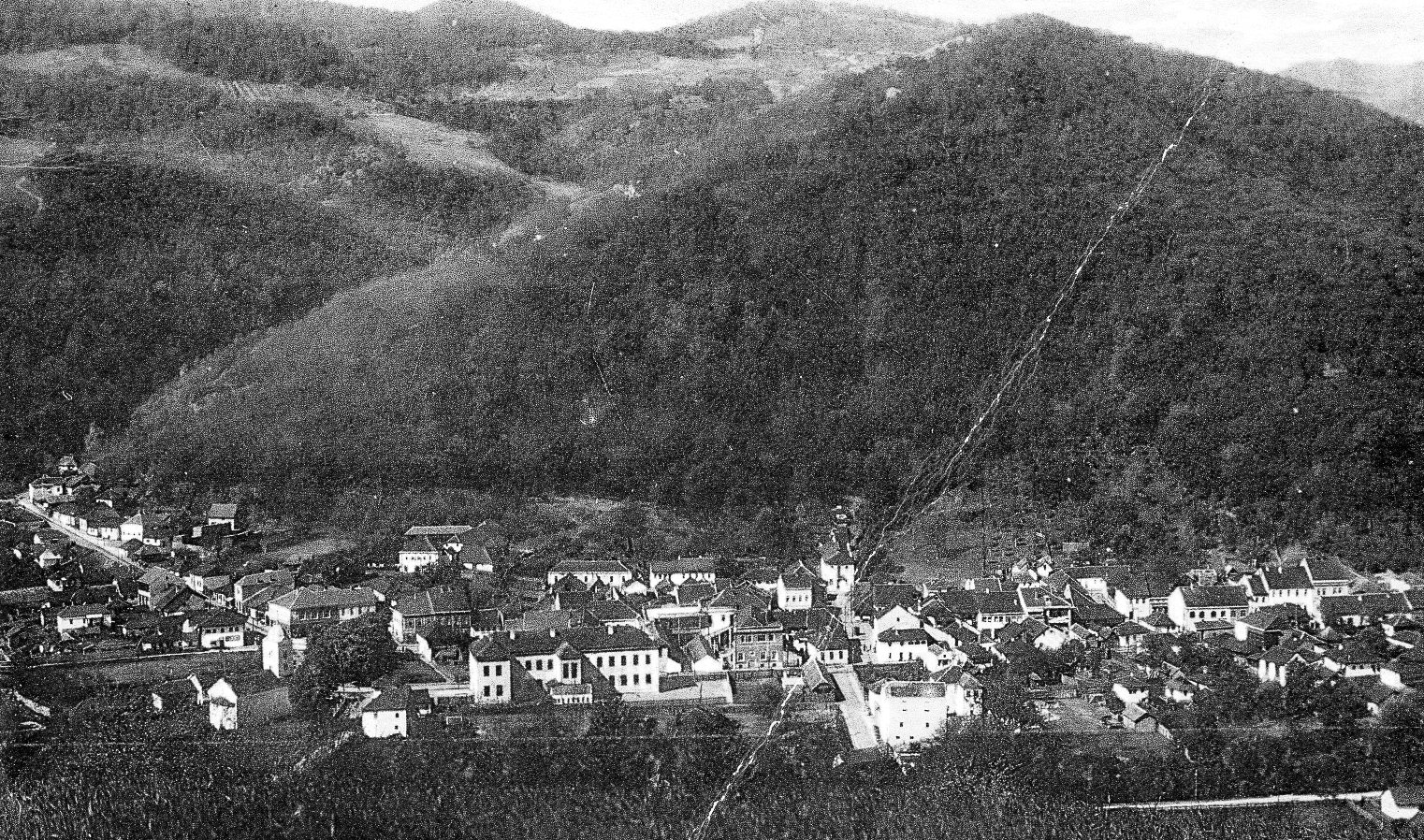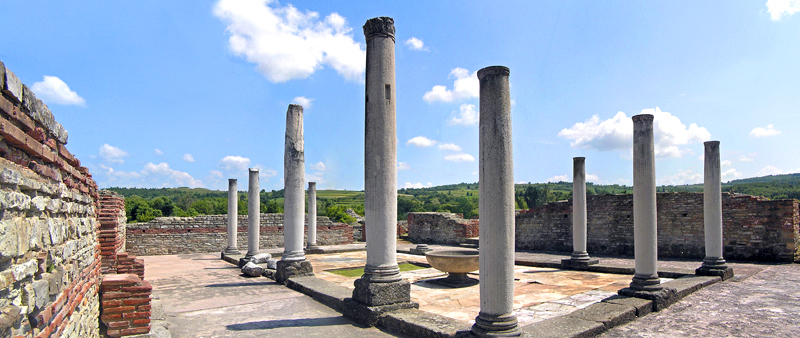|
Elektroprivreda Srbije
Elektroprivreda Srbije (abbr. EPS; full legal name: Javno preduzeće ''Elektroprivreda Srbije'' Beograd) is a state-owned electric utility power company with headquarters in Belgrade, Serbia. It was founded in 1991 and it has 28,083 employees (as of 2019), making it the largest enterprise in the country. The company has an installed capacity of 7,326 Watt#Megawatt, MW and generates 36.461 Watt#Terawatt, TWh of electricity per year. Its installed capacity in Fossil fuel power station, lignite-fired thermal power plant is 4,390 MW, Fossil fuel power station, gas-fired and liquid fuel-fired combined heat and power plants is 336 MW, and Hydroelectricity, hydro power plants is 2,936 MW. EPS also operates three power plants of total capacity 461 MW which are not in the ownership of the company. EPS is also the largest producer of lignite in Serbia operating in the RB Kolubara, Kolubara and Kostolac basins, producing around 37 million tonnes per year. History Since 1870, the coal prod ... [...More Info...] [...Related Items...] OR: [Wikipedia] [Google] [Baidu] |
Government-owned Corporation
A state-owned enterprise (SOE) is a government entity which is established or nationalised by the ''national government'' or ''provincial government'' by an executive order or an act of legislation in order to earn profit for the government, control monopoly of the private sector entities, provide products and services to citizens at a lower price and for the achievement of overall financial goals & developmental objectives in a particular country. The national government or provincial government has majority ownership over these ''state owned enterprises''. These ''state owned enterprises'' are also known as public sector undertakings in some countries. Defining characteristics of SOEs are their distinct legal form and possession of financial goals & developmental objectives (e.g., a state railway company may aim to make transportation more accessible and earn profit for the government), SOEs are government entities established to pursue financial objectives and devel ... [...More Info...] [...Related Items...] OR: [Wikipedia] [Google] [Baidu] |
Fossil Fuel Power Station
A fossil fuel power station is a thermal power station which burns a fossil fuel, such as coal or natural gas, to produce electricity. Fossil fuel power stations have machinery to convert the heat energy of combustion into mechanical energy, which then operates an electrical generator. The prime mover may be a steam turbine, a gas turbine or, in small plants, a reciprocating gas engine. All plants use the energy extracted from the expansion of a hot gas, either steam or combustion gases. Although different energy conversion methods exist, all thermal power station conversion methods have their efficiency limited by the Carnot efficiency and therefore produce waste heat. Fossil fuel power stations provide most of the electrical energy used in the world. Some fossil-fired power stations are designed for continuous operation as baseload power plants, while others are used as peaker plants. However, starting from the 2010s, in many countries plants designed for baseload supply ar ... [...More Info...] [...Related Items...] OR: [Wikipedia] [Google] [Baidu] |
NATO Bombing Of Yugoslavia
The North Atlantic Treaty Organization (NATO) carried out an aerial bombing campaign against the Federal Republic of Yugoslavia during the Kosovo War. The air strikes lasted from 24 March 1999 to 10 June 1999. The bombings continued until an agreement was reached that led to the withdrawal of Yugoslav armed forces from Kosovo, and the establishment of the United Nations Interim Administration Mission in Kosovo, a UN peacekeeping mission in Kosovo. The official NATO operation code name was Operation Allied Force whereas the United States called it Operation Noble Anvil; in Yugoslavia the operation was incorrectly called Merciful Angel ( sr, Милосрдни анђео / ''Milosrdni anđeo''), possibly as a result of a misunderstanding or mistranslation.RTS"Порекло имена 'Милосрдни анђео'" ("On the origin of the name 'Merciful Angel'"), 26 March 2009 NATO's intervention was prompted by Yugoslavia's bloodshed and ethnic cleansing of Albanians, which dr ... [...More Info...] [...Related Items...] OR: [Wikipedia] [Google] [Baidu] |
TPP Nikola Tesla
TPP Nikola Tesla, commonly known as TENT, is a power plant complex operated by Elektroprivreda Srbije, located on the right bank of the river Sava, approximately 40 km upstream from Downtown Belgrade, near the city municipality of Obrenovac. By far the largest one in Serbia, the complex generates around 17.263 GWh annually, which covers almost half of Serbia's needs for electricity. The complex and two of its plants are named in honor of Nikola Tesla. These power plants use lignite mined from the RB Kolubara as fuel. Coal is transported from the mines via a standard-gauge railroad about 30 km long capable of supplying a total of 37 million tons of coal a year. Power plants TPP Nikola Tesla A Six generation units with a combined capacity of 1650.5 MW that makes it the largest power facility in the former Yugoslavia. TPP Nikola Tesla A was first synchronised on March 27, 1970. It has two chimneys: one with a height of 220 metres and a second with a height of 15 ... [...More Info...] [...Related Items...] OR: [Wikipedia] [Google] [Baidu] |
Iron Gate I Hydroelectric Power Station
The Iron Gate I Hydroelectric Power Station ( ro, Porțile de Fier I, sr, Ђердап I/Đerdap I) is the largest dam on the Danube river and one of the largest hydro power plants in Europe. It is located on the Iron Gate gorge, between Romania and Serbia. The Romanian side of the power station produces approximately annually, while the Serbian side of the power station produces . The discrepancy in power output between the two halves is due to the generating equipment. While Romania's equipment is newer and thus more efficient (thereby generating more power), it is proving more unreliable; resulting in increased downtime for maintenance/repairs, and consequently lower annual power output overall. History The project started in 1964 as a joint-venture between the governments of Romania and Yugoslavia for the construction of a major dam on the Danube River which would serve both countries. At the time of completion in 1972, it was the 10th largest hydroelectric power stations ... [...More Info...] [...Related Items...] OR: [Wikipedia] [Google] [Baidu] |
Ivanjica
) , motto = , image_map = , map_caption = , pushpin_map_caption = Location within Serbia##Location within Europe , pushpin_relief = 1 , pushpin_map = Serbia#Europe , coordinates = , coor_pinpoint = , coordinates_footnotes = , subdivision_type = Country , subdivision_name = , subdivision_type1 = Region , subdivision_name1 = Šumadija and Western Serbia , subdivision_type2 = District , subdivision_name2 = Moravica , subdivision_type3 = Settlements , subdivision_name3 = 49 , established_title = Village status , established_date = 1833 , established_title1 = Town status , established_date1 = , founder = , seat_type = , seat = , government_footnotes = , leader_party = SNS , leader_title = Mayor , leader_name ... [...More Info...] [...Related Items...] OR: [Wikipedia] [Google] [Baidu] |
Niš
Niš (; sr-Cyrl, Ниш, ; names in other languages) is the third largest city in Serbia and the administrative center of the Nišava District. It is located in southern part of Serbia. , the city proper has a population of 183,164, while its administrative area (City of Niš) has a population of 260,237 inhabitants. Several Roman emperors were born in Niš or used it as a residence: Constantine the Great, the first Christian emperor and the founder of Constantinople, Constantius III, Constans, Vetranio, Julian, Valentinian I, Valens; and Justin I. Emperor Claudius Gothicus decisively defeated the Goths at the Battle of Naissus (present-day Niš). Later playing a prominent role in the history of the Byzantine Empire, the city's past would earn it the nickname ''Imperial City.'' After about 400 years of Ottoman rule, the city was liberated in 1878 and became part of the Principality of Serbia, though not without great bloodshed—remnants of which can be found throughou ... [...More Info...] [...Related Items...] OR: [Wikipedia] [Google] [Baidu] |
Zaječar
Zaječar ( sr-Cyrl, Зајечар, ; ro, Zaicear or ) is a city and the administrative center of the Zaječar District in eastern Serbia. According to the 2011 census, the city administrative area has a population of 59,461 inhabitants. Zaječar is widely known for its rock music festival ''Gitarijada'' and for the festival dedicated to contemporary art '' ZALET''. Name In Serbian, the city is known as ''Zaječar'' (; in Romanian as ''Zaicear'', ''Zăiicer'' (archaic name), ''Zăiceri'', ''Zăicear'' or ''Zăiceari''; in Macedonian as and in Bulgarian as (''Zaychar''). The origin of the name is from the Torlak dialect name for "hare" = ''zajec'' / (in all other Serbian dialects it is ''zec'' / , while in Bulgarian it is / zaek"). It means "the man who breeds and keeps hares". Folk etymology in Romanian, gives "Zăiicer" as meaning "the Gods are asking (for sacrifice)". Early renderings of the city in English used ''Saitchar''. History Ancient Three Roman Emperors wer ... [...More Info...] [...Related Items...] OR: [Wikipedia] [Google] [Baidu] |
Leskovac
Leskovac (Serbian Cyrillic alphabet, Serbian Cyrillic: Лесковац, ) is a List of cities in Serbia, city and the administrative center of the Jablanica District in Southern Serbia (Geographical Region), southern Serbia. According to the 2022 census, City of Leskovac has a 124,889 inhabitants. Etymology Leskovac was historically called ''Glubočica'', later evolving into ''Dubočica. These'' interchangeable variants derived from the Serbian language, Serbian word's, "''glib''", meaning mud and "''duboko''", meaning deep. Untamed rivers would often flood the area leaving swamps that once dried would spout Hazel, hazelnut trees, or "''leska''" in Serbian, whilst "''vac''" is a common Slavic languages, Slavic suffix, hence ''Leskovac''. During Ottoman Serbia, Ottoman rule the town was referred to in Turkish language, Turkish as ''Leskovçe'' or ''Hisar'' (Turkish translation; ''fortress''). History Early period Archeological findings on Hisar Hill, located at the rim of Les ... [...More Info...] [...Related Items...] OR: [Wikipedia] [Google] [Baidu] |
Užice
Užice ( sr-cyr, Ужице, ) is a city and the administrative centre of the Zlatibor District in western Serbia. It is located on the banks of the river Đetinja. According to the 2011 census, the city proper has a population of 59,747. The City municipality of Užice ( sr-cyrl, Градска општина Ужице, Gradska opština Užice) is one of two city municipalities (with the City municipality of Sevojno) which constitute the City of Užice. According to the 2011 census results, the municipality has 70,939 inhabitants. History Ancient era The region surrounding Užice was settled by Illyrians, specifically the Parthini and the Celtic-influenced Autariatae tribes. Their tombs are found throughout the region. In the 3rd century BC, the Scordisci featured prominently after the Gallic invasion of the Balkans. The region was conquered by the Roman Empire in 168 BC, and was organized into the province of Illyricum in 32–27 BC and, after 10 AD, the province of Dalmat ... [...More Info...] [...Related Items...] OR: [Wikipedia] [Google] [Baidu] |
Alternating Current
Alternating current (AC) is an electric current which periodically reverses direction and changes its magnitude continuously with time in contrast to direct current (DC) which flows only in one direction. Alternating current is the form in which electric power is delivered to businesses and residences, and it is the form of electrical energy that consumers typically use when they plug kitchen appliances, televisions, fans and electric lamps into a wall socket. A common source of DC power is a battery cell in a flashlight. The abbreviations ''AC'' and ''DC'' are often used to mean simply ''alternating'' and ''direct'', as when they modify ''current'' or ''voltage''. The usual waveform of alternating current in most electric power circuits is a sine wave, whose positive half-period corresponds with positive direction of the current and vice versa. In certain applications, like guitar amplifiers, different waveforms are used, such as triangular waves or square waves. Audio a ... [...More Info...] [...Related Items...] OR: [Wikipedia] [Google] [Baidu] |




